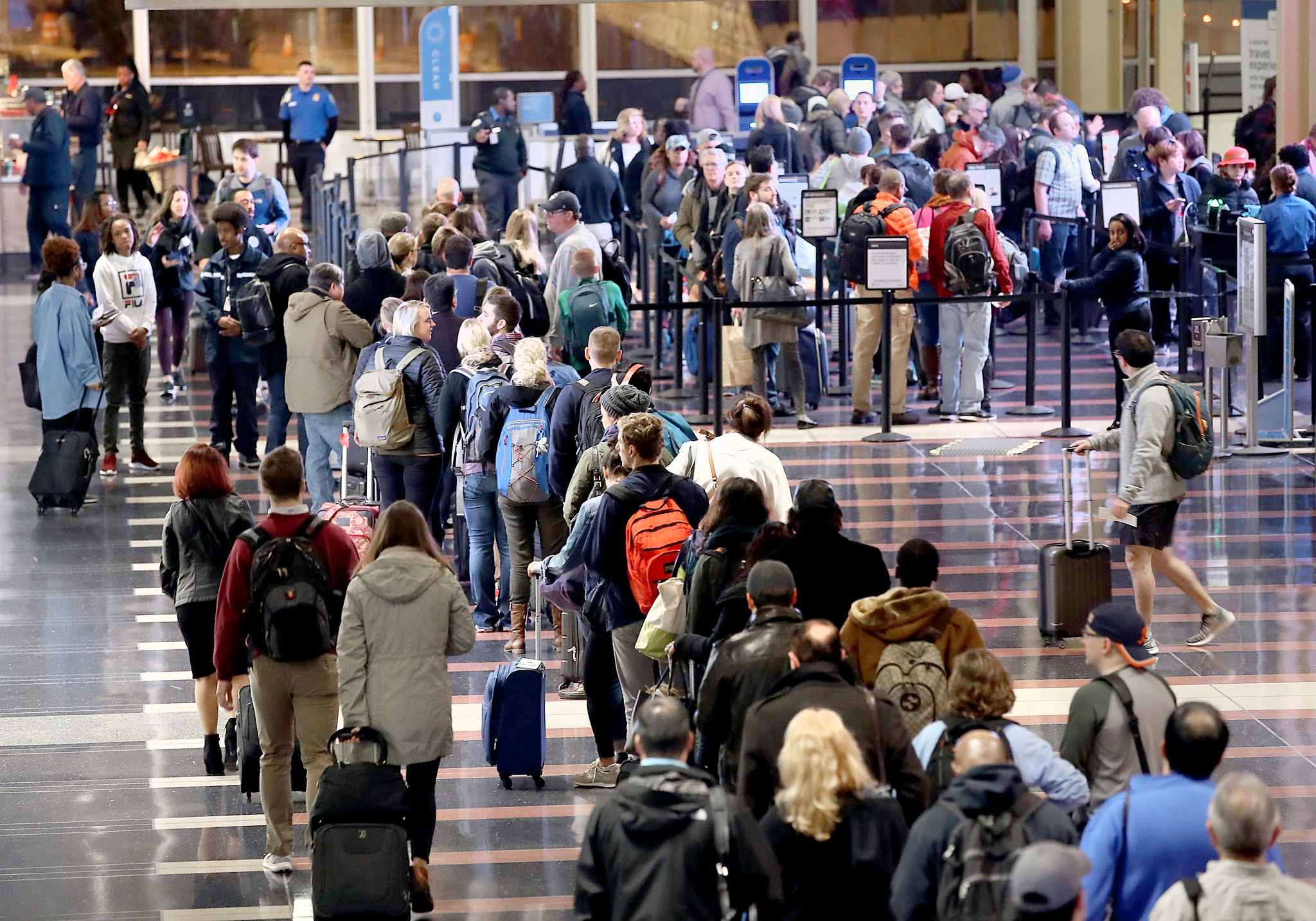AAA Forecasts Unprecedented Holiday Rush: 81.8 Million to Travel for Thanksgiving

AAA released its definitive holiday travel forecast this Friday morning, projecting that an unprecedented 81.8 million Americans will venture 50 miles or more from home during the Thanksgiving travel period (Nov. 25 – Dec. 1).
This figure represents a significant 5.1% increase over pre-pandemic records, signaling that the travel industry has not only fully recovered but has entered a new era of hyper-mobility.
Analysts attribute this surge to a combination of stabilized inflation rates and the lingering "hybrid work" phenomenon, which allows families to extend holiday trips without taking additional vacation days, creating a "blended travel" week.
While gas prices have leveled off at a national average of $3.15 per gallon, the vast majority of travelers—approximately 73.3 million—are expected to drive to their destinations.
However, the automotive landscape is shifting; AAA notes that this year marks the highest number of electric vehicles (EVs) ever hitting the road for a single holiday, prompting national charging networks to deploy emergency mobile charging units along major interstate corridors like I-95 and I-5 to mitigate range anxiety and potential queuing at charging stations.
Commercial aviation is also bracing for impact, with air travel projected to see a 2% year-over-year increase, funneling over 6 million passengers through U.S. airports. The Transportation Security Administration (TSA) has announced the rollout of expanded biometric screening lanes at 20 additional airports specifically to handle the Thanksgiving volume.
Travelers are being strongly advised to arrive at least three hours early, particularly at major hubs like JFK, Atlanta Hartsfield-Jackson, and Los Angeles International, where passenger volume is expected to exceed capacity by 15% on peak days.
In terms of destinations, the data reveals a decisive shift toward warmer climates. Orlando, Las Vegas, and Miami top the domestic booking lists, driven by families seeking theme parks and nightlife. Interestingly, smaller secondary cities like Nashville and Austin are seeing double-digit growth in arrivals, suggesting travelers are looking for cultural experiences outside the traditional "Big Five" tourist hubs.
Internationally, while European capitals remain popular, there is a marked spike in short-haul flights to the Caribbean and Mexico, with Cancun and Montego Bay leading international bookings.
Weather plays a critical role in this year's outlook. Meteorologists are tracking a developing La Niña pattern that could bring colder, wetter conditions to the Pacific Northwest and the Midwest early next week.
Airlines have already issued proactive travel waivers for hubs in Chicago and Denver, anticipating potential delays. This weather volatility is driving a last-minute surge in travel insurance purchases, with Allianz Partners reporting a 12% jump in policy sales compared to the 2024 holiday season.
Economic experts warn that while volume is up, consumer spending patterns are changing. The "revenge travel" spending sprees of the early 2020s have cooled; while people are traveling more, they are becoming more value-conscious on the ground.
Reports indicate a dip in high-end retail spending in tourist destinations, with travelers prioritizing dining experiences and activities over luxury goods shopping. This shift suggests that while Americans are unwilling to sacrifice their holidays, they are meticulously budgeting how they spend once they arrive.














